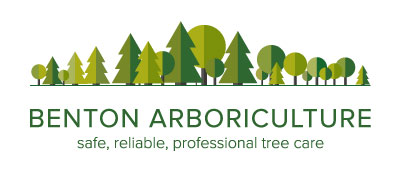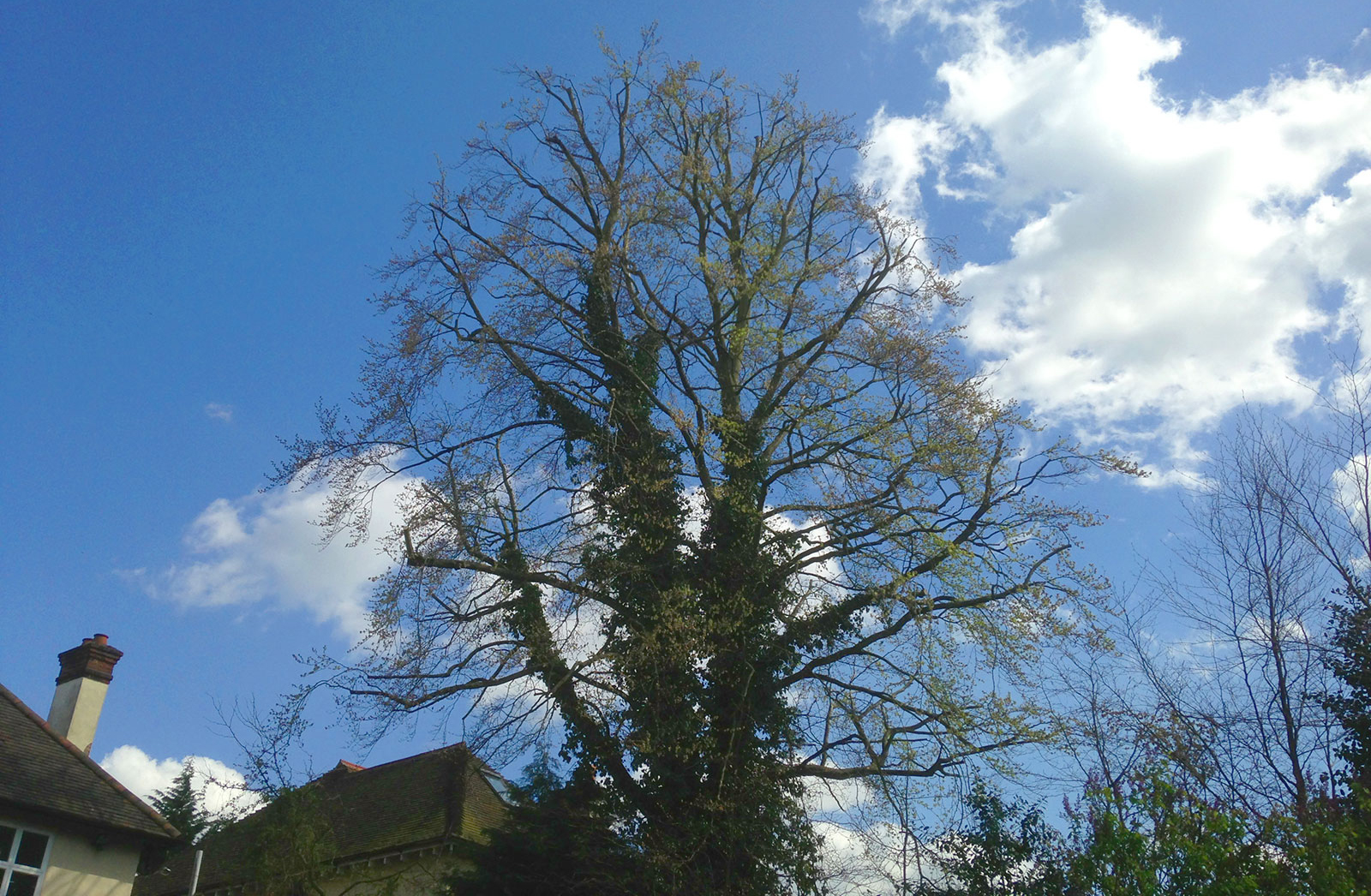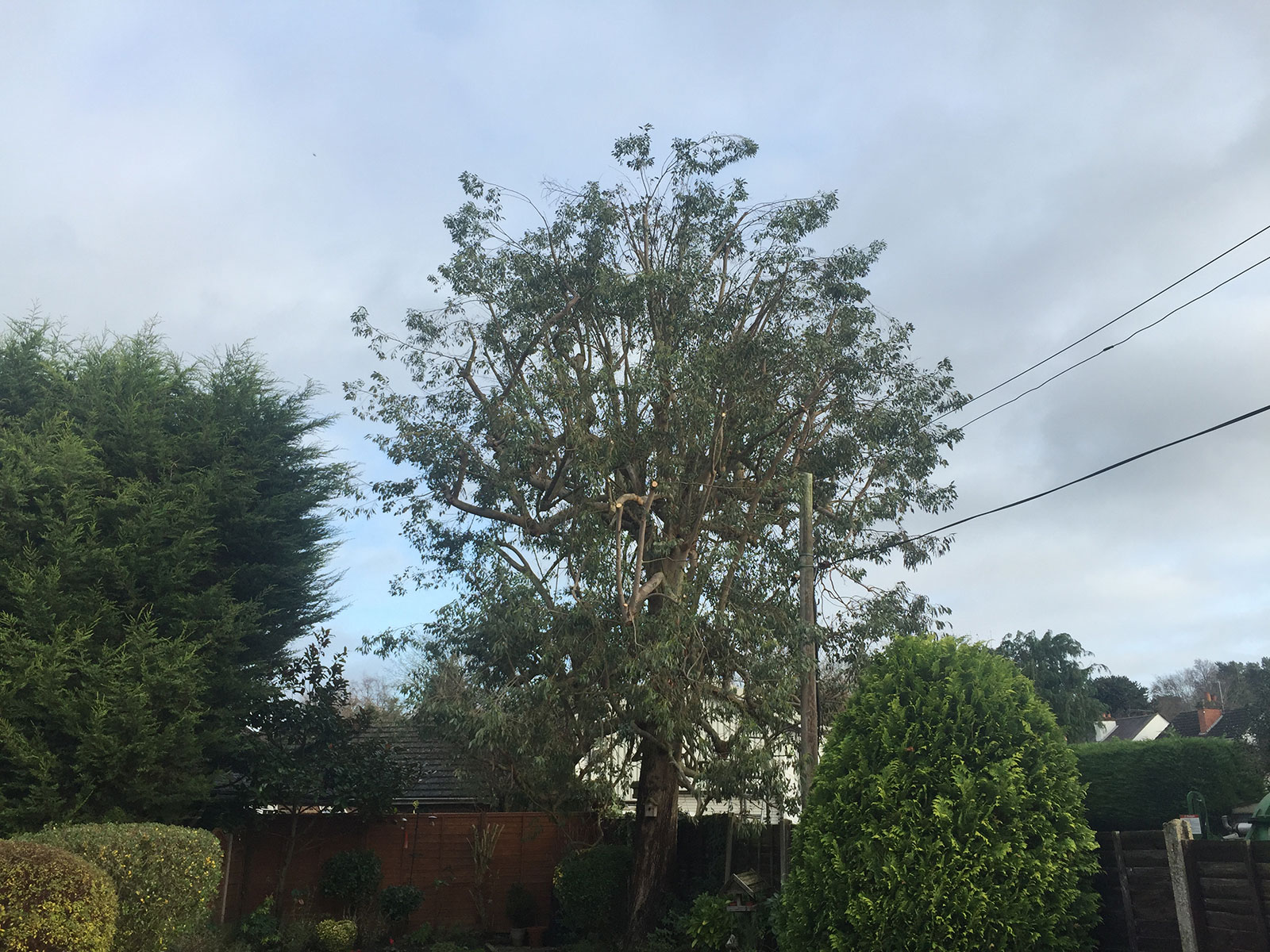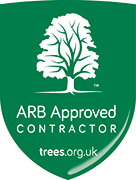

Crown Reduction
Crown Reduction in Surrey, Sussex and Kent
Crown reduction is one of the most common tree surgery practices. Usually measured in metres, crown reduction reduces the area of the crown as a whole (both laterally and vertically). Crown reductions are commonly used to maintain trees in enclosed spaces or to increase light and reduce encroachment on an area or building.
What is crown reduction ??
Crown reduction is the removal of a specified amount of the trees canopy. This is usually measured in meters and up until 2010 it was measured as a percentage.
What is the crown of a tree?
The crown of a tree is measured from where the branches start and does not take into account the main stem ( the clear section of the tree between the ground and the first branch ).
How Much can I reduce my tree by?
Different species of tree can tolerate different amounts of crown reduction. Trees such as Sycamore, Ash, lime ,Poplar and willow can tolerate slight heavier crown reductions as they are good at putting on regrowth. Other species such as Beech, Oak and Cherry will struggle with heavy reductions and may die back if pruned to hard. It is important to remember that the harder the reduction the more difficult it is to make a tree look natural and maintain a good shape
As of 2010 the guidance for tree work in the UK changed, up until this point all crown reduction were specified in a percentage (10,15,20,30%) . After 2010 the use of percentages was removed from the standard and all crown reductions are now specified in meters.
A common specification for a crown reduction of a tree would be :
Mature Oak on front boundary of front garden. To be crown reduced by 2 meters to leave a well-balanced shape. All branches to be cut to the nearest available growth point. Branches encroaching on property to be cut back to leave a clearance of 2 meters.
What is a growth point?
At growth point is a secondary branch growing off of a main branch. When reducing a tree, we cut every branch back to a suitable growth point along the branch we are reducing. By cutting back to a growth point we are not only helping keep a natural shape but promoting formation of healthy secondary growth and good tree health.
My tree is covered by a Tree preservation order or I live in a conservation area can I still reduce my tree??
It is a common misconception that if your tree is protected you cannot carry out any works. If you live in a conservation area or your tree has a TPO on it you must apply to the local council to have works carried out. The council may limit the amount that a tree can be reduced by in order to keep the overall appearance of the tree unchanged.
Benton Arboriculture is happy to make this application on your behalf should you accept a quotation from us.
Is lopping and topping the same as crown reduction?
Lopping and topping are terms which Have been removed from the British standard for tree work as of 2010

A semi mature Eucalyptus that was crown reduced by 2 meters in Camberley surrey.
This Large Beech tree in Coulsdon was covered by a Tree preservation order . Our client wanted it reduced in order to keep the tree in check and increase light to both their property and surrounding neighbours.
The council agreed a 2-3 meter crown reduction
The above beech tree after the works had been completed
This Large TPO'ed Oak in Kingswood required a reduction in order to allow more light into the garden and to reduce weight on some of the decayed limbs. The local council Reigate and Banstead gave permission for a 1.5 meter crown reduction and a light thin.
A Large mature Oak in Kingswood after a 2 meter crown reduction.






